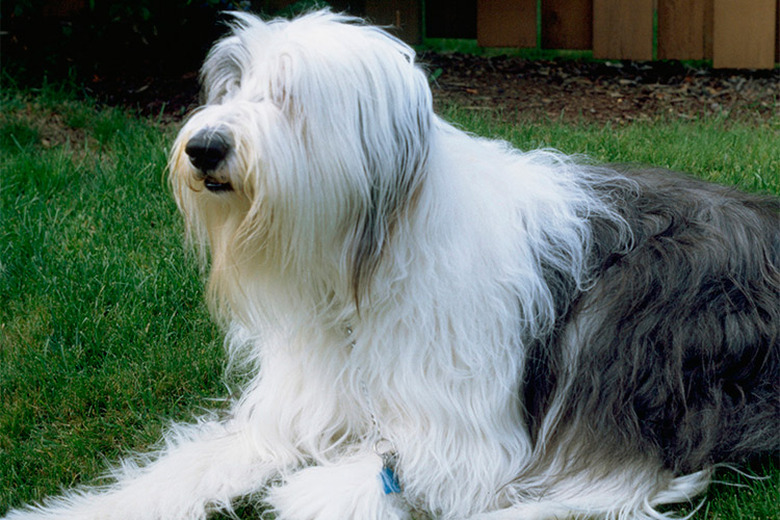Canine Anal Fissures
While examining your dog's backside is generally not part of the regular interaction you both share, certain behaviors from your dog may indicate an examination is necessary. If your dog suffers from anal fissures, or tears in the rectal opening, symptoms and general discomfort are usually obvious and may indicate he needs change in his diet.
Causes
Anal fissures are tears in the tissue of the lower rectum and anus. When examining your dog, tears in the tissue around the anus are visible, while tears deeper in the rectum may not be. These tears occur due to strenuous bowel movements. As your dog strains to pass stool, the tissues of the rectum and anus are overstretched and often tear. Because feces continue to pass, these open tears are then prone to infection.
Symptoms
Constipation is one of the first and dominant symptoms of a dog with anal fissures. You may notice your pooch has an odd walk, cries or whines when attempting a bowel movement or refuses to eat. As the tissue tears, you may notice blood on the area around the anus, including the hind legs. His stool may also show signs of blood. The tears may cause itching, causing him to scoot his back end on the floor or lick the area.
Treatments
If you suspect your dog has anal fissures, schedule a visit with a veterinarian as soon as possible. Initial treatment focuses on softening stool consistency, making bowel movements easier. The veterinarian may prescribe stool softeners or laxatives. A veterinarian may suggest adding high fiber foods, such as apples, beans, cabbage, lettuce, oats, pumpkin and wheat bran, to your dog's diet to help keep bowel movements regular, preventing constipation. Follow recommended high fiber additions, as too much fiber leads to diarrhea. Provide fresh water for your dog at all times to ensure he is getting enough moisture in his diet. If an infection develops or the fissures lead to other conditions, such as perianal fistulae, antibiotics and anti-inflammatory medications may be necessary.
Perianal Fistulae
Often, anal fissures lead to perianal fistulae, or abnormal passages between the anus and the skin. In addition to symptoms of anal fissures, this condition produces smelly, puss-filled boils in the anus area. The exact cause of this condition is unknown; however, German shepherds show a predisposition to the condition. In most cases, the condition is chronic and, while it may improve with treatments using cyclosporine or ketoconazole, it often returns. One belief is the condition has an autoimmune or allergy connection, so a hypoallergenic diet may be recommended. In severe cases, surgery may be necessary to remove infected tissue.
By Deborah Lundin
References
VetInfo: Dog Anal Fissures
VeterinaryPartner.com: Perianal Fistulae
Knoxnews.com: Ask a Vet: Treatment Options Will Ease Dog's Pain
VCA Animal Hospitals: Perianal Fistula in Dogs
About the Author
Deborah Lundin is a professional writer with more than 20 years of experience in the medical field and as a small business owner. She studied medical science and sociology at Northern Illinois University. Her passions and interests include fitness, health, healthy eating, children and pets.
